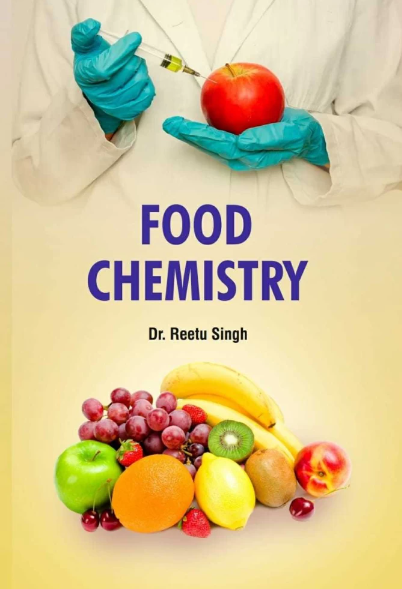Green extraction of carotenoids and oil produced by Rhodosporidium paludigenum using supercritical CO2 extraction: Evaluation of cell disruption methods and extraction kinetics
IF 8.5
1区 农林科学
Q1 CHEMISTRY, APPLIED
引用次数: 0
Abstract
The constantly expanding functional food market has steered scientific research towards alternative sources of bioactive compounds. Red yeasts are valuable producers of active ingredients such as carotenoids and microbial oil. Efficient and sustainable recovery methods are required when food applications are targeted. In this study, intracellular carotenoids and oil synthesized by Rhodosporidium paludigenum in batch bioreactor cultures were recovered using supercritical CO2 (SFE-CO2) as a green alternative to conventional organic solvents. Yeast biomass was subjected to six different cell disruption methods prior to SFE-CO2. Homogenization emerged as the optimal pre-treatment method, resulting in an 80 % yield of total carotenoids and an 83 % yield of microbial oil. The use of ethanol as co-solvent was imperative for the efficient recovery of both products. β-Carotene was the main carotenoid, while the obtained microbial oil was rich in oleic acid. These results pave the way for integrating these functional compounds into innovative food products.
求助全文
约1分钟内获得全文
求助全文
来源期刊

Food Chemistry
工程技术-食品科技
CiteScore
16.30
自引率
10.20%
发文量
3130
审稿时长
122 days
期刊介绍:
Food Chemistry publishes original research papers dealing with the advancement of the chemistry and biochemistry of foods or the analytical methods/ approach used. All papers should focus on the novelty of the research carried out.
 求助内容:
求助内容: 应助结果提醒方式:
应助结果提醒方式:


